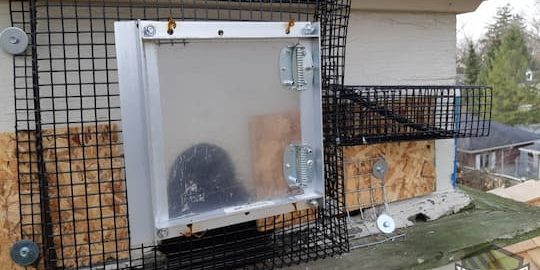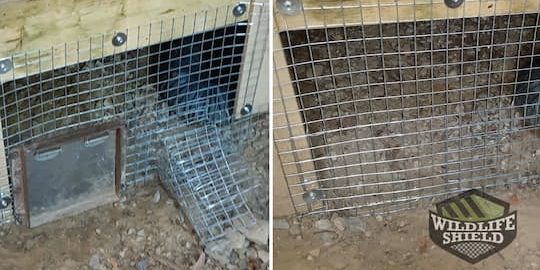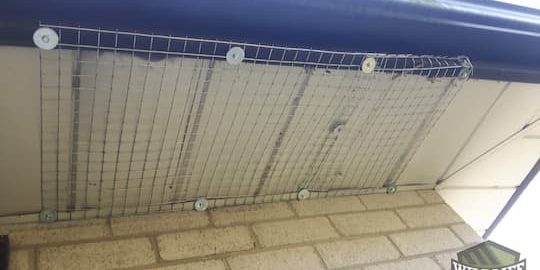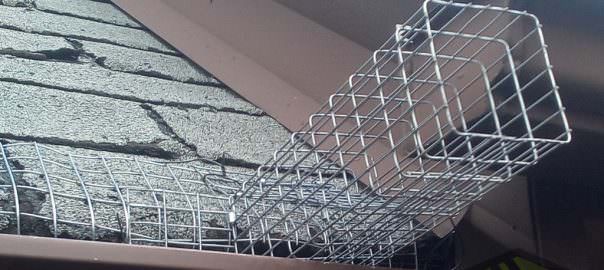Case Study: Squirrel, Raccoon, and Pest Removal from Century Home in Guelph

Anyone can get pests. The following case study tells the story of wildlife removal and rat extermination in Guelph, in which a large century home had multiple different species invading its property. Mice, squirrels, raccoons, and rats were all making themselves at home in the shed and the attic. Despite its tremendous value, this was an aging property that presented the animals with an opportunity to live indoors.
Here, we removed the pests, disinfected after them, and performed a thorough wildlife-proofing of the premises to keep them out. The attics were renovated with new insulation. Our comprehensive wildlife removal services rid the home of these animals and should keep it safe for years to come. Call Wildlife Shield for wildlife removal and exclusion services in Guelph and the GTA. Read More


